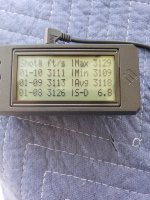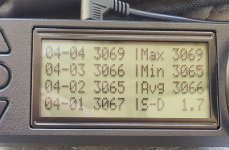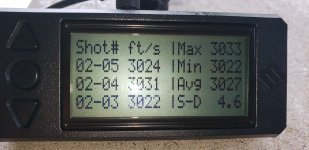Perhaps some more experienced reloaders can comment.
What is the biggest indicator of producing low SD's in ammo? Is it bullet selection, powder selection(powder burn rate), primers, case fill, consistency of brass, or some combination of the above?
I have a new 6gt competition barrel which is shooting really tight groups on paper, but the SD's have been around 20 for a 25 shot sample size. This is with virgin Alpha brass and a barrel round count around 100. Running 112 Matchburners with 37GN of H4350 behind them and cci 450's. I'm hoping the SD's will drop once the barrel is fully broken in, I'll start load development at that point and perhaps experiment with some faster burning powders behind 109 Bergers.
What is the biggest indicator of producing low SD's in ammo? Is it bullet selection, powder selection(powder burn rate), primers, case fill, consistency of brass, or some combination of the above?
I have a new 6gt competition barrel which is shooting really tight groups on paper, but the SD's have been around 20 for a 25 shot sample size. This is with virgin Alpha brass and a barrel round count around 100. Running 112 Matchburners with 37GN of H4350 behind them and cci 450's. I'm hoping the SD's will drop once the barrel is fully broken in, I'll start load development at that point and perhaps experiment with some faster burning powders behind 109 Bergers.



